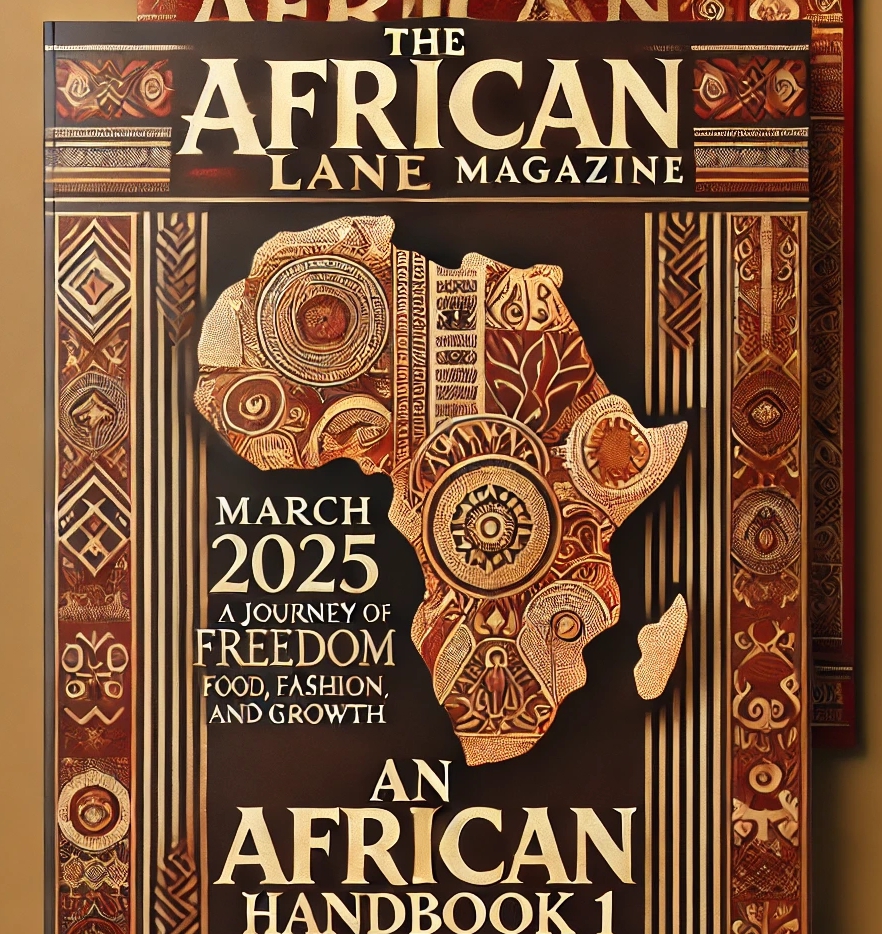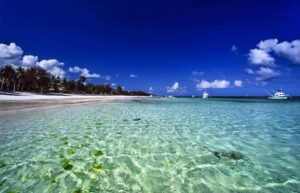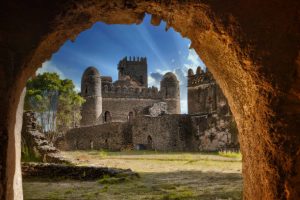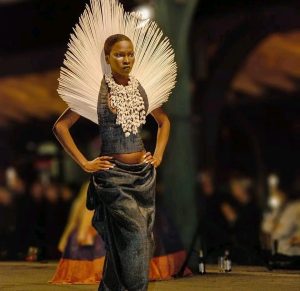Kenya
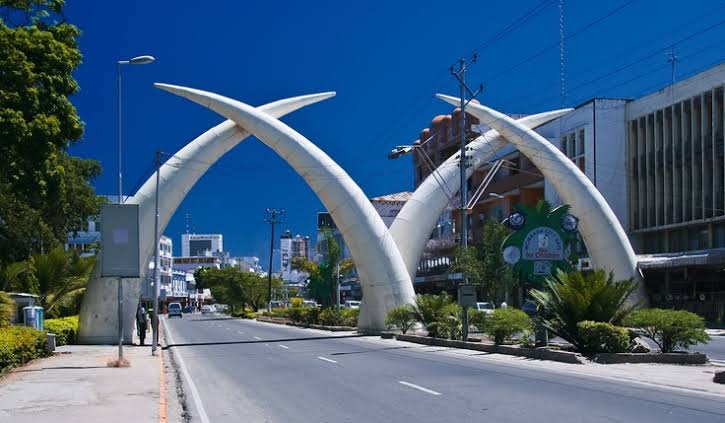
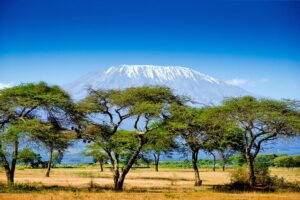
Beyond the world-famous safari parks lies a trove of coastal treasures. You can snorkel and dive fish-rich coral reefs, relax on pearly beaches, experience the melting pot of cultures and cuisines in Mombasa and Malindi, and explore tropical islands steeped in Swahili history.
Official Name:
Republic of Kenya
conventional short form: Kenya
former: British East Africa.
ISO Country Code: ke
Actual Time: Mon-June-14 21:25
Local Time = UTC +3h
Country Calling Code: +254
Capital City: Nairobi (pop. 2.1 million)
Other Cities:
Mombasa (665 000), Kisumu (504 000), Nakuru (1.2 million).
Government:
Type: Republic.
Independence: 12 December 1963 (from UK).
Geography:
Location: Eastern Africa, bordering the Indian Ocean, between Somalia and Tanzania.
Area: 580,000 km² (225,000 sq mi.)

Terrain: From a low coastal plain on the Indian Ocean in a series of mountain ridges and plateaus which stand above 3 000 meters (9 000 ft.) in the center of the country. The Rift Valley bisects the country above Nairobi, opening up to a broad arid plain in the north. Mountain plains cover the south before descending to the shores of Lake Victoria in the west.
Highest elevation: Mount Kenya (Kirinyaga, 5199 m)
Climate: Varies from the tropical south, west, and central regions to arid and semi-arid in the north and the northeast.
People:
Nationality: Kenyan(s).
Population: 46 million (2015)
Ethnic groups: African–Kikuyu 21%, Luhya 14%, Luo 13%, Kalenjin 11%, Kamba 11%, Kisii 6%, Meru 5%. Non-African–Asian, European, Arab 1%.
Religions: Protestant 40%, Roman Catholic 30%, Muslim 20%, indigenous beliefs 10%, .
Languages: English, Swahili, more than 40 local ethnic languages.
Literacy (in English): 59%.
Natural resources: Wildlife, land.
Agriculture Products: Tea, coffee, sugarcane, horticultural products.
Industries: Small-scale consumer goods (plastic, furniture, batteries, textiles, soap, cigarettes, flour), agricultural products processing; oil refining, cement; tourism.
Exports – commodities: tea, horticultural products, coffee, petroleum products, fish, cement.
Exports – partners: Uganda 11.2%, USA 8.3%, Tanzania 8.1%, Netherlands 7.4%, UK 6%, Pakistan 4.2% (2015)
Imports – commodities: machinery and transportation equipment, petroleum products, motor vehicles, iron and steel, resins and plastics.
Imports – partners: China 30%, India 15.5%, UAE 5.7%, USA 4.8%, Japan 4.7% (2015)
Currency: Kenyan Shilling (KES)
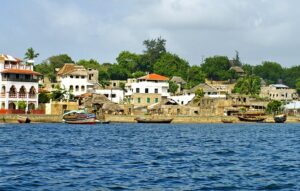
The small island of Lamu, northeast of Mombasa, oozes old-world charm. A UNESCO World Heritage Site, Lamu Old Town is Kenya’s oldest continually inhabited settlement, with origins dating back to the 12th century
The country’s diverse wildlife and panoramic geography draw large numbers of European and North American visitors, and tourism is an important contributor to Kenya’s economy.
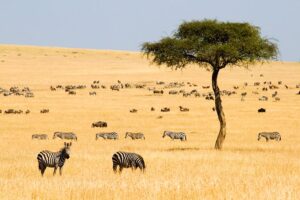
Maasai Mara National Reserve (also “Masai Mara”) is one of Africa’s most magnificent game reserves. Bordering Tanzania, the Mara is the northern extension of the Serengeti and forms a wildlife corridor between the two countries.
The capital of Kenya is Nairobi, a sprawling city that, like many other African metropolises, is a study in contrasts, with modern skyscrapers looking out over vast shantytowns in the distance, many harbouring refugees fleeing civil wars in neighbouring countries. Older neighbourhoods, some of them prosperous, tend to be ethnically mixed and well served by utilities and other amenities, while the tents and hastily assembled shacks that ring the city tend to be organized tribally and even locally, inasmuch as in some instances whole rural villages have removed themselves to the more promising city.
Culture
With a long history of musical and artistic expression, Kenya enjoys a rich tradition of oral and written literature, including many fables that speak to the virtues of determination and perseverance, important and widely shared values, given the country’s experience during the struggle for independence. Kikuyu writer Ngugi wa Thiong’o, one of the country’s best-known authors internationally, addresses these concerns in his remarks on one folkloric figure:
Kenya’s many peoples are well known to outsiders, largely because of the British colonial administration’s openness to study. Anthropologists and other social scientists have documented for generations the lives of the Maasai, Luhya, Luo, Kalenjin, and Kikuyu peoples, to name only some of the groups. Adding to the country’s ethnic diversity are European and Asian immigrants from many nations. Kenyans proudly embrace their individual cultures and traditions, yet they are also cognizant of the importance of national solidarity; a motto of “Harambee” (Swahili: “Pulling together”) has been stressed by Kenya’s government since independence.(Britannica)
1st Image: The Famous Mombasa Tusks. Sources: Britannica, Wikipedia, Nationonline.
